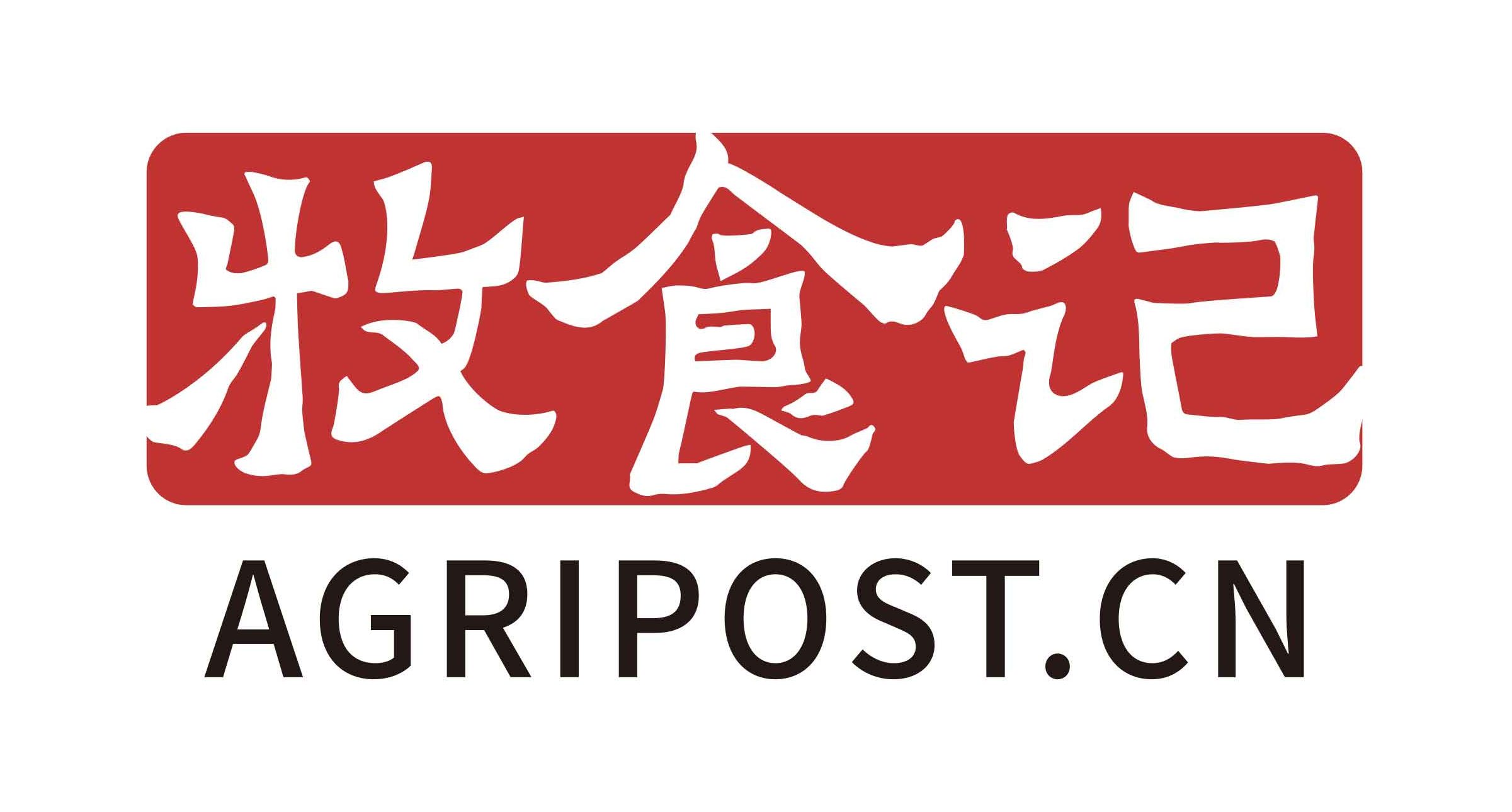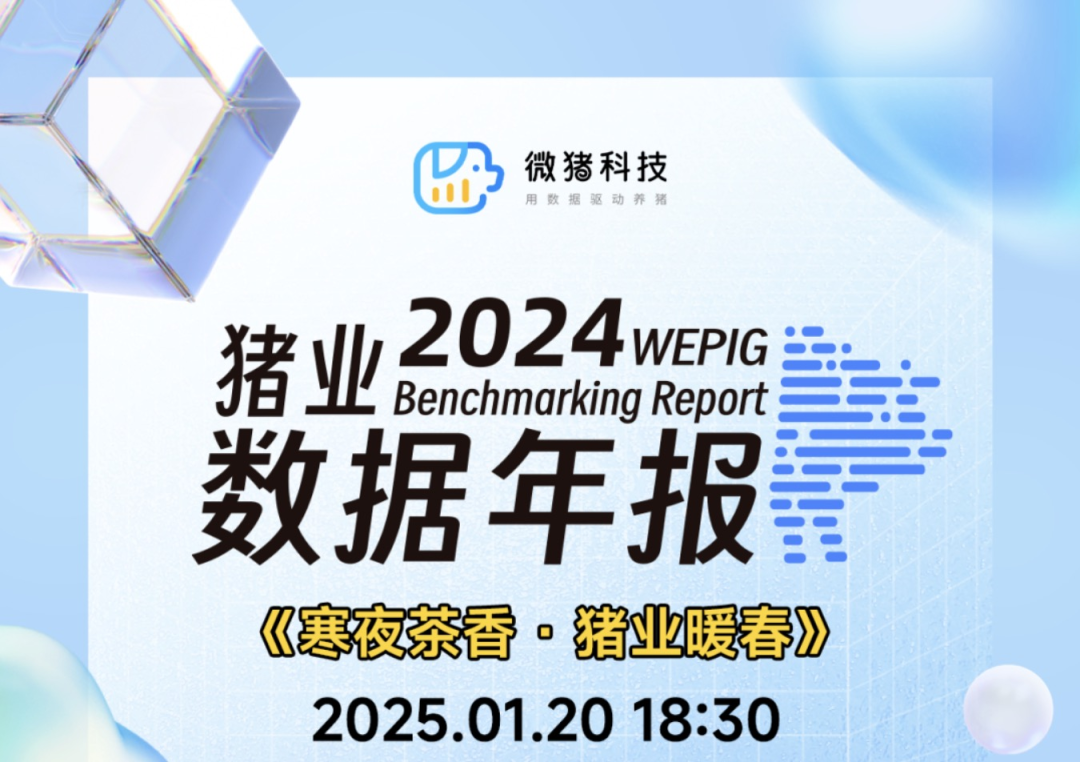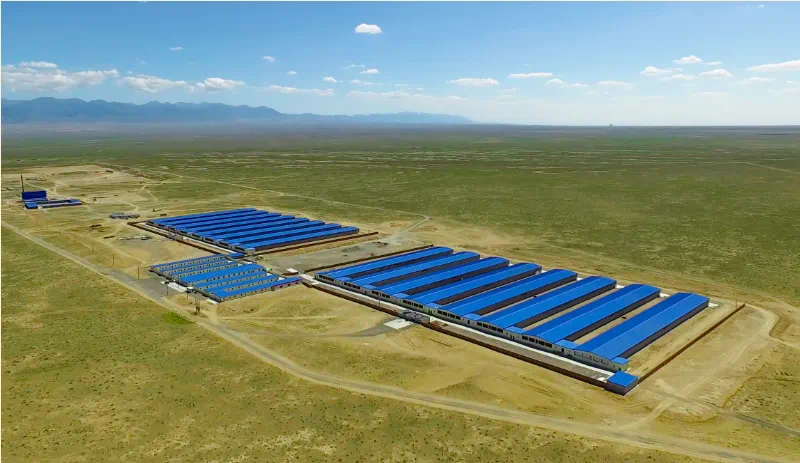China’s 2025 No. 1 Central Document prioritizes stabilizing the livestock industry, focusing on beef and dairy cattle. Policies include breeding cow subsidies, stricter milk quality standards, and forage crop expansion to reduce reliance on grain feed. The beef industry struggles with falling prices and rising imports, while dairy farmers gain new opportunities to process their own milk, challenging industry monopolies. Successful implementation will require financial support, policy consistency, and industry collaboration.
The 2025 No. 1 Central Document, recently released by the Chinese government, dedicates an entire section to “supporting the stable development of the livestock industry.” The policy underscores the critical role of ruminants, particularly beef and dairy cattle, in ensuring national food security and agricultural sustainability. The key directives focus on three primary objectives:
- Stabilizing production capacity in the beef and dairy cattle sectors amid growing market challenges.
- Implementing national sterilized milk standards while fostering integrated dairy farming and processing, particularly through family farms and cooperatives.
- Enhancing forage production to accelerate the transformation of grassland animal husbandry.
To translate these policy goals into action, the Ministry of Agriculture and Rural Affairs has issued an implementation guideline outlining additional strategies:
- Expanding the population of high-quality breeding cows through subsidies for superior genetics.
- Enforcing stricter bans on reconstituted milk in sterilized milk products to promote fresh domestic milk consumption.
- Boosting forage crop cultivation (alfalfa, silage corn) and researching alternative protein sources to ensure feed security.
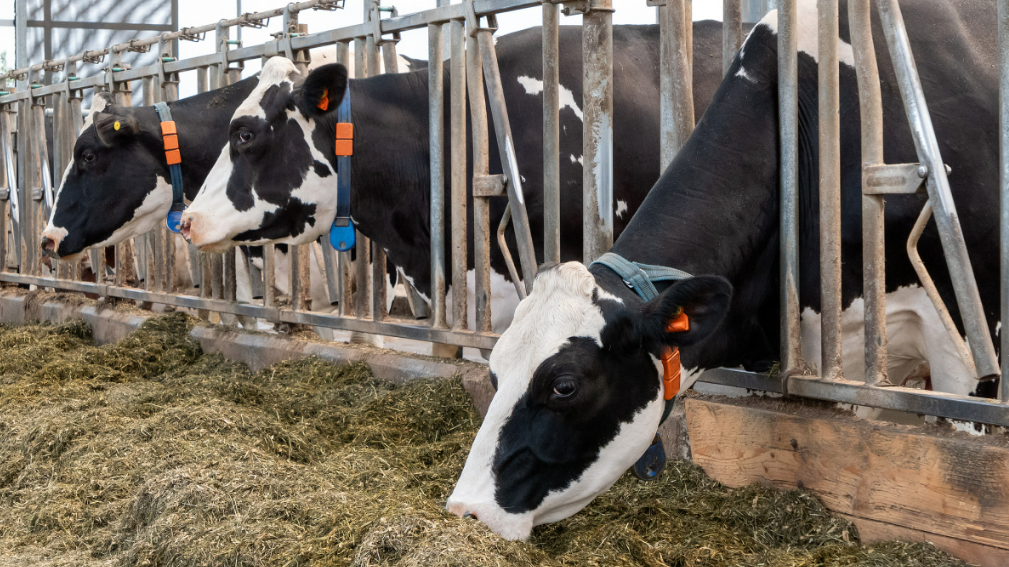
Stabilizing Beef Cattle Production Amid Industry Downturn
China’s beef cattle industry is in crisis, with a severe financial squeeze caused by plummeting prices. Data from the National Beef and Yak Industry Technology System reveals sharp declines in 2024:
- Boneless beef prices fell to CNY 69.83/kg (USD 9.60/kg), a 15% year-on-year drop.
- Live cattle prices dropped to CNY 27.76/kg (USD 3.81/kg), down 20% year-on-year.
The consequences are stark: cattle farmers are suffering heavy losses, and breeding cows are increasingly being sent to slaughter, further eroding long-term production capacity.
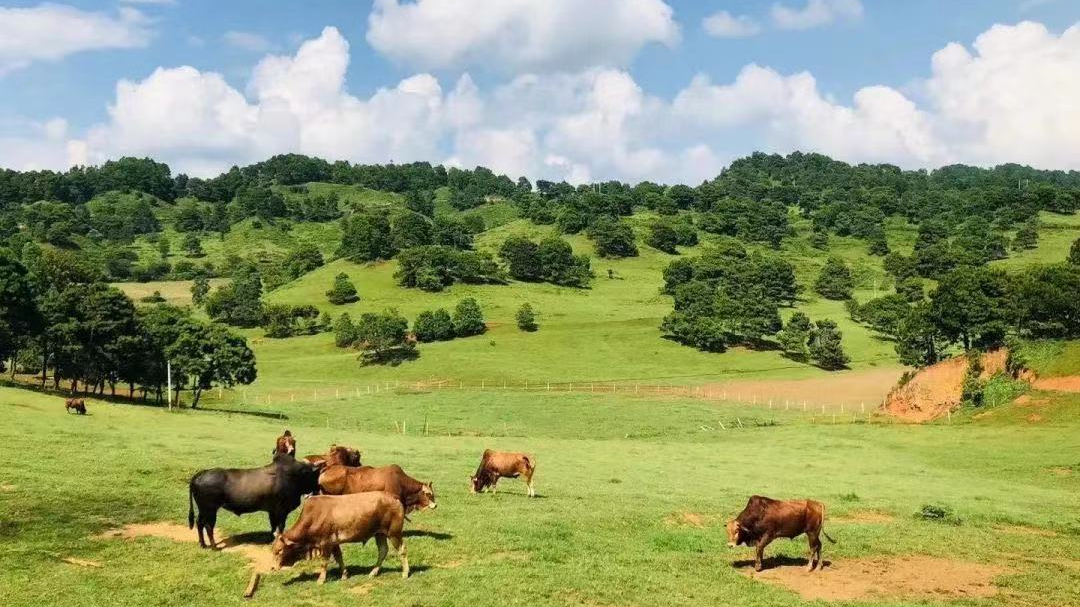
Industry figures highlight the shifting landscape:
- By end-2024, China’s cattle inventory declined 4.4% to 100.47 million head.
- Slaughter rates rose 1.5% to 50.99 million head, driving total beef production up 3.5% to 7.79 million tons.
- At the same time, beef imports surged 4.8% to 2.875 million tons, now covering 37% of domestic consumption.
To mitigate further downturns, industry experts advocate a multi-pronged approach:
- Reinforce domestic support policies to maintain production capacity and prevent excessive herd liquidation.
- Lower production costs by improving supply chain efficiency and optimizing feed strategies.
- Promote fresh beef consumption by shifting towards hot-fresh meat distribution instead of relying on frozen imports.
- Develop a balanced import strategy to reduce overdependence on foreign beef supplies.
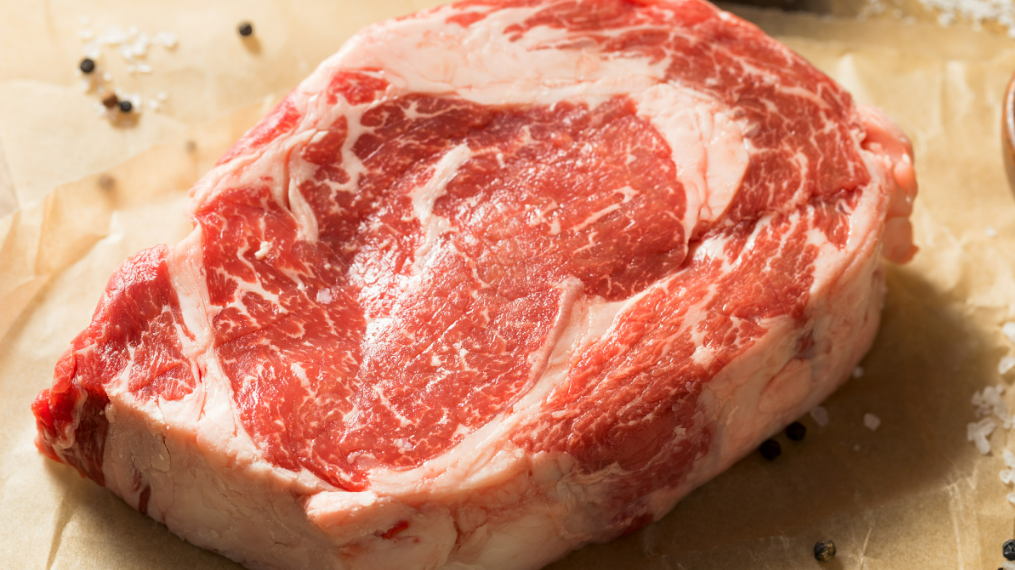
Enhancing Forage Production for Sustainable Livestock Farming
China’s “grain-forage substitution” initiative aims to optimize agricultural resources by expanding high-yield forage production. The Ministry of Agriculture and Rural Affairs highlights key findings:
- One mu (0.16 acres) of silage corn yields 30% more food output than grain corn.
- One mu of alfalfa produces the same protein yield as two mu of soybeans.
Following models from advanced livestock-producing nations, China seeks to:
- Scale up high-yield forage cultivation, particularly alfalfa and silage corn.
- Utilize marginal lands, such as saline-alkali soil, for forage crop expansion.
- Adopt crop-livestock rotation systems to maximize land-use efficiency.
- Replace at least 14 million tons of grain-based feed annually with forage crops.
This shift could lower feed costs, improve environmental sustainability, and reduce China’s reliance on grain imports for animal husbandry.
Breakthrough in Dairy Policy: Allowing Farmers to Process Milk
One of the most significant policy shifts in the 2025 No. 1 Central Document is the support for dairy farmers and cooperatives to process their own milk. This reform challenges China’s historically restrictive milk processing regulations, which currently require:
- New liquid milk plants to process at least 500 tons per day.
- A minimum distance of 100 km (north) or 60 km (south) between processing plants.
These regulations were implemented post-2008 melamine scandal to restore consumer confidence, but they have also entrenched market monopolies and limited independent dairy farming profitability.

China’s dairy farmers capture only 5.6% of the total industry profits, compared to:
- Dutch dairy farmers: 21.9% share
- Canadian dairy farmers: 29.3% share
This stark disparity highlights China’s highly centralized dairy industry, where small farmers struggle to compete against large processors.

Liu Changquan, a researcher at the Chinese Academy of Social Sciences, suggests the following reforms to create a fairer market:
- Lower entry barriers for small-scale dairy processors, allowing direct farm-to-market milk production.
- Encourage cooperative-led milk processing, enabling farmers to retain more of the value chain.
- Implement contract processing models, where small farms access large dairy company facilities to produce their own brands.
- Introduce government-backed incentives for cooperative and third-party milk processing ventures.
- Prioritize farmer-led dairy products in public procurement programs.
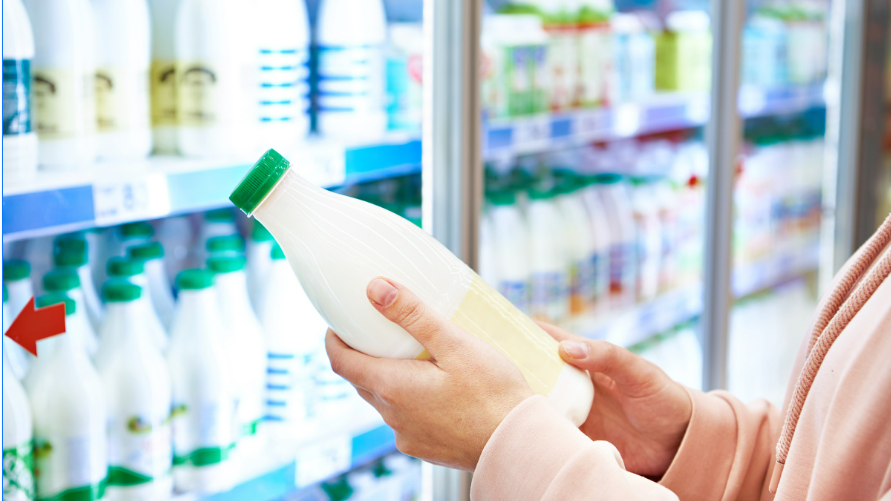
If successfully implemented, these reforms could boost rural dairy incomes, increase domestic milk consumption, and enhance China’s dairy self-sufficiency.
The 2025 No. 1 Central Document signals a strategic shift in China’s approach to livestock industry stability. The emphasis on stabilizing beef production, expanding forage capacity, and liberalizing dairy processing regulations presents both opportunities and challenges.
China’s livestock sector is at a crossroads. The choices made today will shape the future of domestic meat and dairy production, ensuring resilience amid evolving market pressures and shifting global trade dynamics.
AgriPost.CN – Your Second Brain in China’s Agri-food Industry, Empowering Global Collaborations in the Animal Protein Sector.

